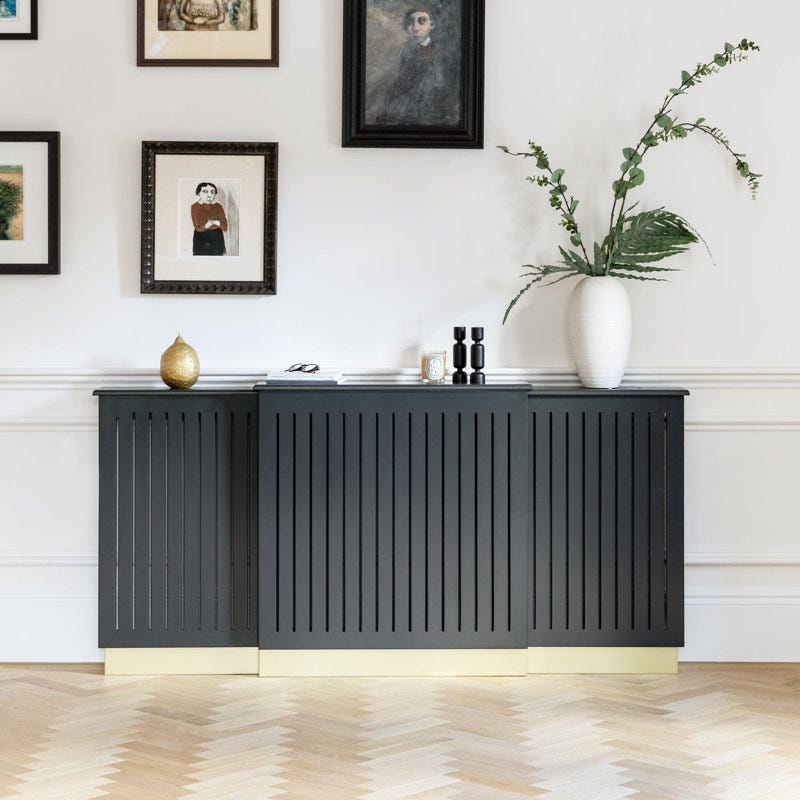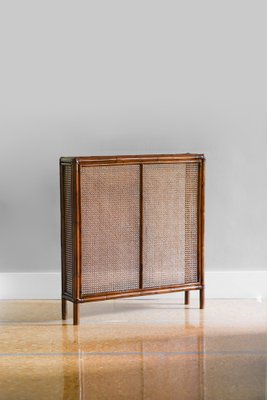The Ultimate Guide to Radiator Cover Materials and Styles
The Ultimate Guide to Radiator Cover Materials and Styles
Blog Article
Radiator Covers: Comprehending Products, Styles, and Advantages
Radiator covers serve both practical and aesthetic purposes within a home, offering an array of products such as mdf, steel, and wood to fit various style choices. Choosing the best radiator cover entails recognizing the subtleties of products, styles, and their associated advantages.
Sorts Of Products


Wood covers, frequently crafted from woods such as oak or maple, offer a traditional, warm look that complements typical insides. Their resilience and ability to be stained or repainted contribute to their adaptability. Steel covers, typically made from steel or light weight aluminum, are preferred for their effectiveness and modern appearance, often featuring smooth lines that boost contemporary spaces.
MDF, a produced timber product, is popular for its cost-effectiveness and ease of customization. It can be repainted or finished to match existing style while providing a smooth surface area. Plastic covers, while much less usual, are lightweight and resistant to dampness, making them ideal for moist environments.
Ultimately, the option of product for a radiator cover need to straighten with the house owner's style preferences, functional requirements, and the details atmosphere where the cover will certainly be set up. Each material uses a distinct character, ensuring that there is an option to match every preference and setup.
Popular Layout Styles
Emphasizing visual allure, popular design styles for radiator covers reflect a range of tastes and indoor style fads. Conventional styles frequently feature intricate woodwork and ornate detailing, making them suitable for traditional or vintage-inspired insides. These covers typically include sculpted aspects, offering a warm and welcoming feel to any kind of area.
On the other hand, modern layouts concentrate on minimal visual appeals, defined by clean lines and understated sophistication. Materials such as steel or sleek wood with a smooth finish are frequently used, permitting these covers to blend perfectly into contemporary rooms. Industrial designs, on the various other hand, embrace resources like revealed metal and concrete, adding a strong declaration to loft space or urban setups.
For those looking for an unique touch, bespoke designs provide modification choices that deal with private preferences, enabling property owners to choose colors, patterns, and products that match their style. In addition, farmhouse-style covers incorporate rustic elements, featuring distressed wood and straightforward forms that evoke a relaxing, country charm.
Benefits of Radiator Covers
Radiator covers not just boost the visual charm of an area however likewise use several sensible advantages that make them a beneficial enhancement to any kind of home. One of the key advantages is security, especially in homes with youngsters or pet dogs. Covers minimize the threat of burns from hot radiator surfaces, making certain a safer atmosphere.
Additionally, radiator covers can improve energy efficiency. By routing heat right into the area rather than enabling it to get away, they aid maintain a regular temperature level, minimizing home heating costs gradually. This is especially helpful in older homes where radiator systems might be less efficient.
One more significant advantage is sound decrease. Radiators can in some cases create unwanted sounds throughout operation, and covers can aid stifle these sounds, adding to an extra serene living area. Furthermore, radiator covers can be functional, supplying extra storage space or display space, thus making the most of the energy of often-overlooked locations.
Finally, they can shield radiators from dirt and particles, which can impede performance and rise upkeep needs. With these combined benefits, radiator covers become a practical option for enhancing both the functionality and design of any type of home atmosphere.
Setup Considerations
Installing radiator covers requires mindful factor to consider to make sure both functionality and safety (Radiator cover). Examine the measurements of your radiator and the surrounding space to guarantee a proper fit. Exact dimensions are vital; an uncomfortable cover can obstruct heat flow or develop safety and security dangers
Next, assess the product of the cover. While timber uses visual allure, metal choices may provide better longevity and heat resistance. Think about the weight of the cover as well; larger covers may need added support or supports to avoid drooping or damage with time.
Air flow is another critical aspect. Covers must include sufficient air flow to stop overheating and preserve reliable heating. Search for layouts with slats or perforations that permit warm to distribute without blockage.
Furthermore, ensure that the cover is firmly installed to avoid mishaps, especially in homes with pet dogs or kids. Radiator cover. It's suggested to follow the manufacturer's installation standards very closely and, if needed, get in touch with a specialist for intricate installations
Upkeep and Care Tips
Proper maintenance of radiator covers is important for guaranteeing their longevity and optimum efficiency. For painted or wood covers, think about click over here now an ideal polish pop over here or protective finishing to preserve their appearance.
Examine the covers regularly for indications of wear or damages, such as cracks or peeling paint. Dealing with these issues quickly can avoid additional degeneration. Make sure that the covers are securely secured and inspect for any loosened screws or installations, as resonances from the radiator can loosen them with time.
In colder months, stay clear of positioning hefty objects or decorative products on top of the radiator covers, as this can impede warm distribution and trigger unneeded tension to the framework. Lastly, think about seasonal upkeep by removing the covers for complete cleaning and inspection during warmer months when the furnace is inactive. Taking on these easy care ideas will boost the efficiency and aesthetic allure of your radiator covers, ensuring they serve their purpose effectively for many years ahead.

Conclusion
In summary, radiator covers offer as visual and functional enhancements to domestic rooms. The diverse series of materials, including hardwoods, metal, plastic, and mdf, allows for alignment with different layout styles such as conventional, contemporary, industrial, and farmhouse. The advantages of these covers expand past safety and energy efficiency to consist of added storage space and dust protection. Mindful factor to consider of installment and maintenance further guarantees the longevity and performance of radiator covers in any kind of home atmosphere.
Radiator covers serve both functional and visual objectives within a home, providing a range of next materials such as steel, mdf, and wood to suit various style preferences. Choosing the right radiator cover includes recognizing the subtleties of products, layouts, and their connected benefits.Highlighting visual appeal, preferred design styles for radiator covers reflect a variety of preferences and interior design trends.Radiator covers not only improve the visual appeal of a space yet likewise provide several useful benefits that make them a beneficial enhancement to any kind of home. Think about the weight of the cover as well; larger covers may need additional support or supports to stay clear of sagging or damages over time.
Report this page